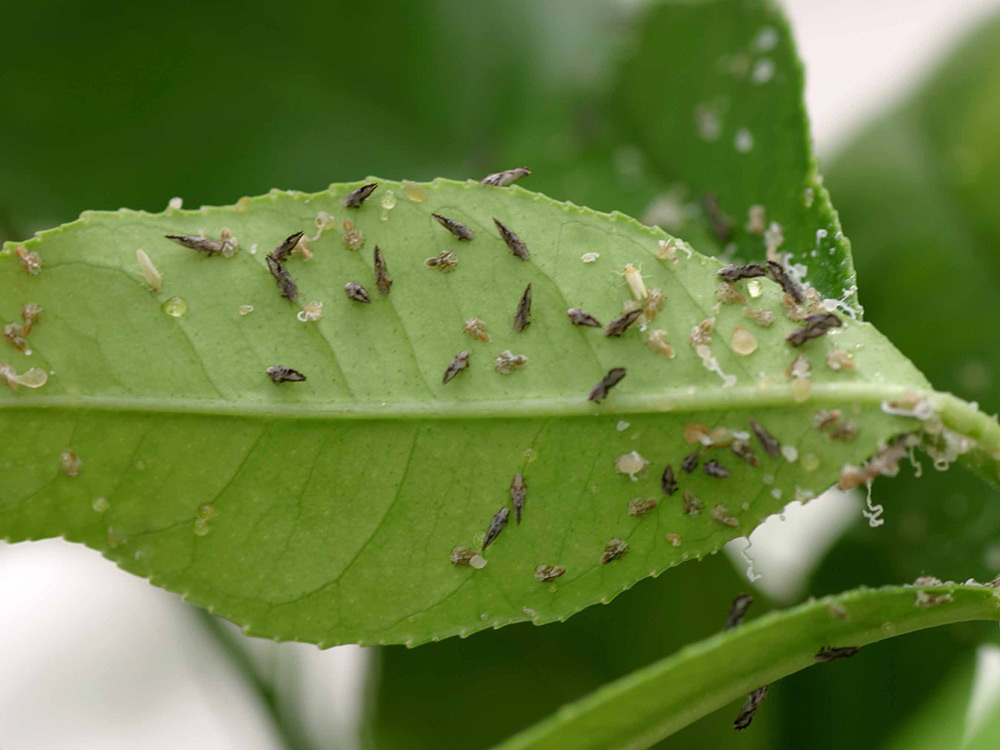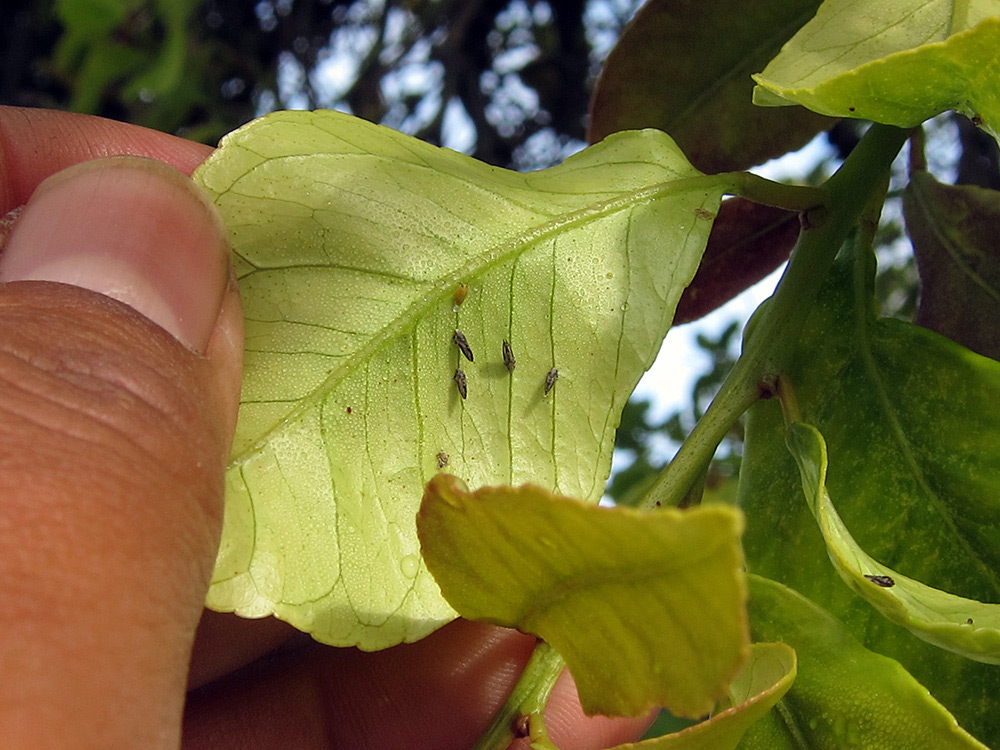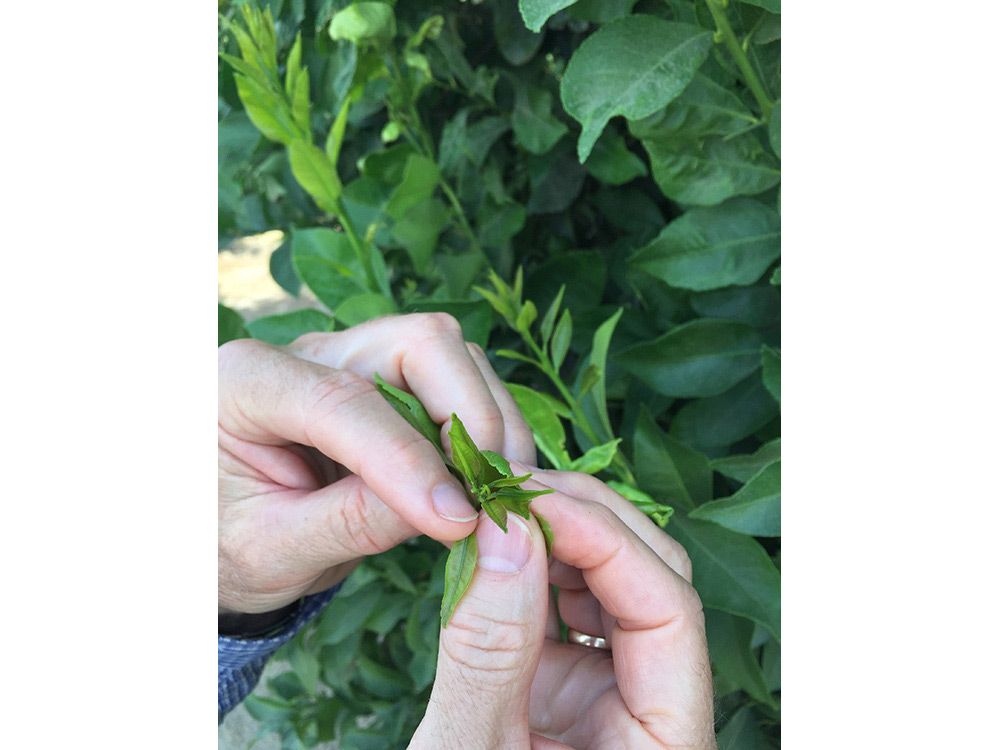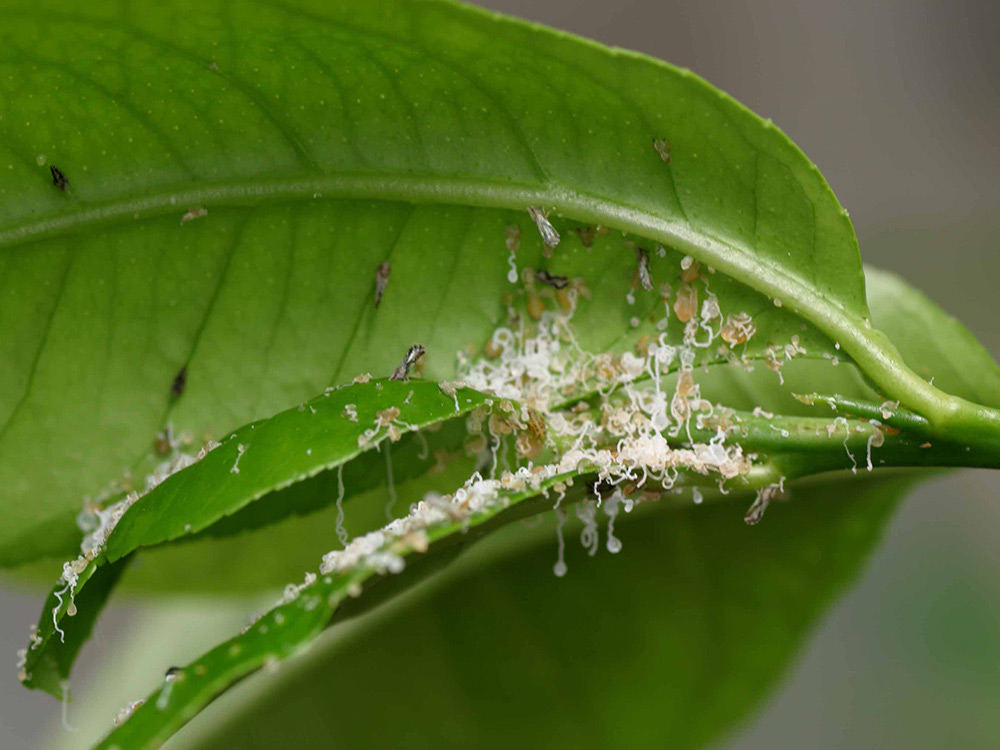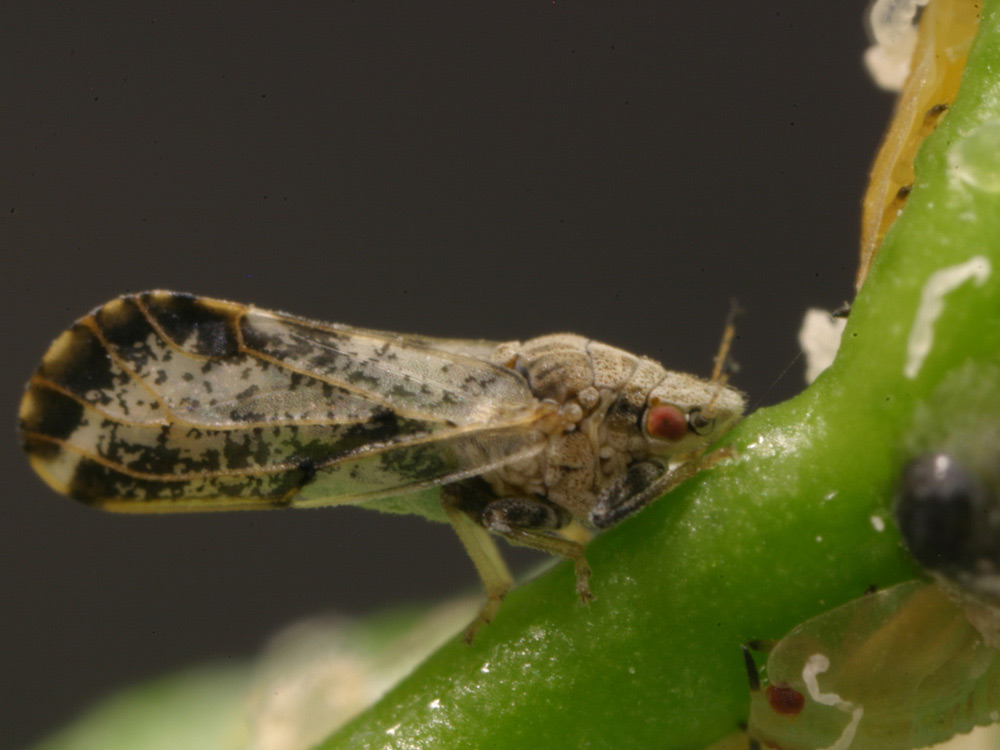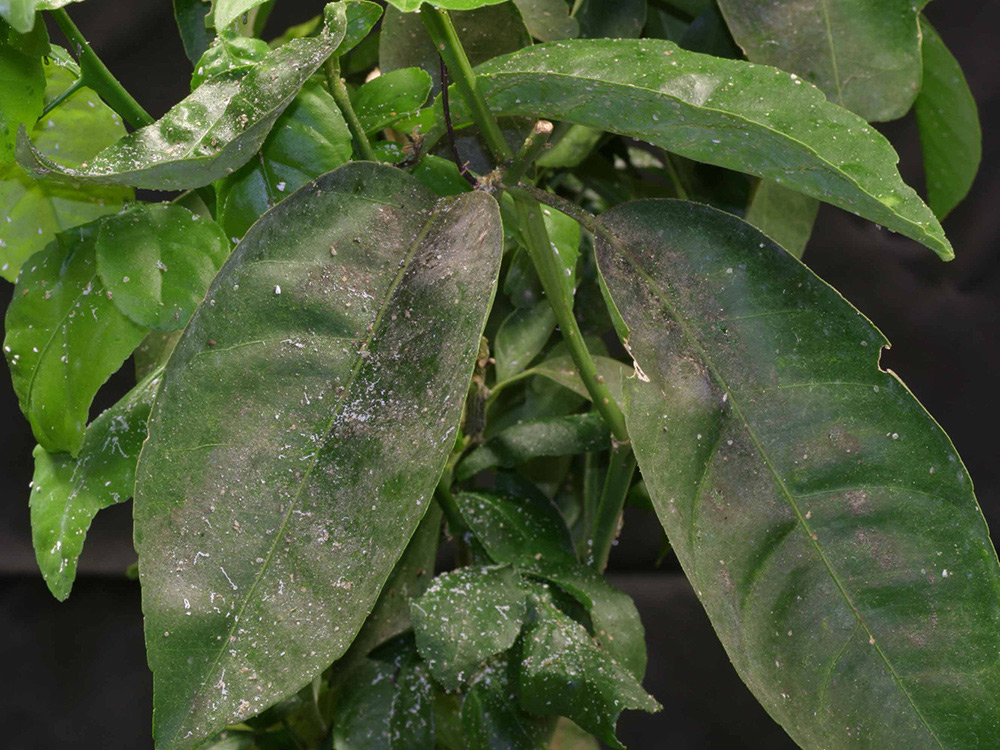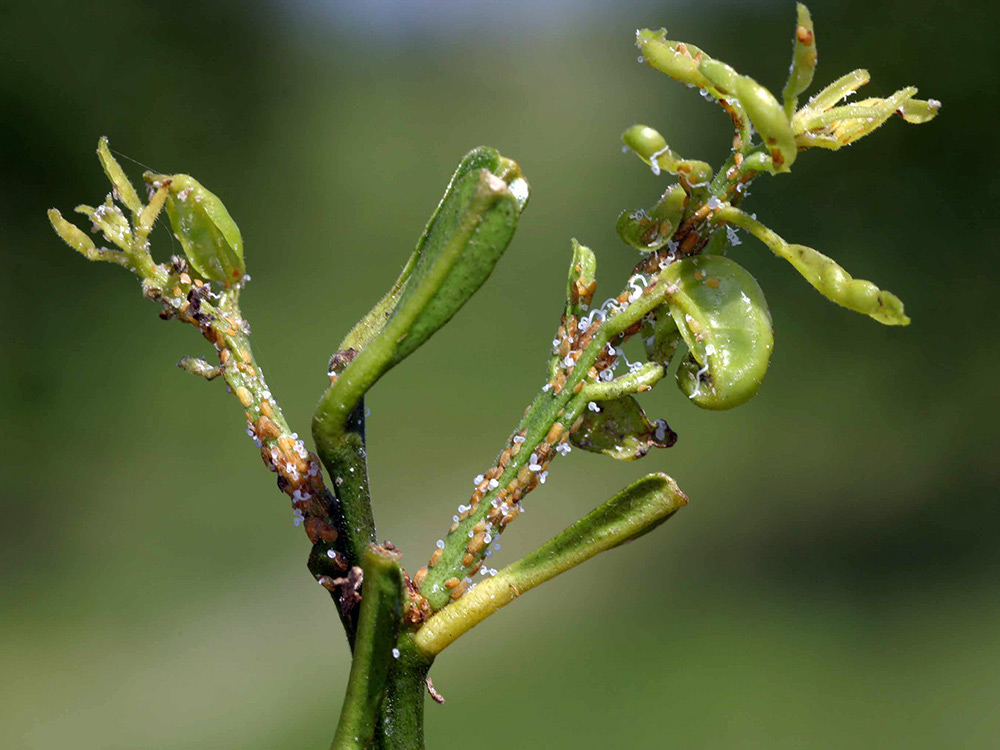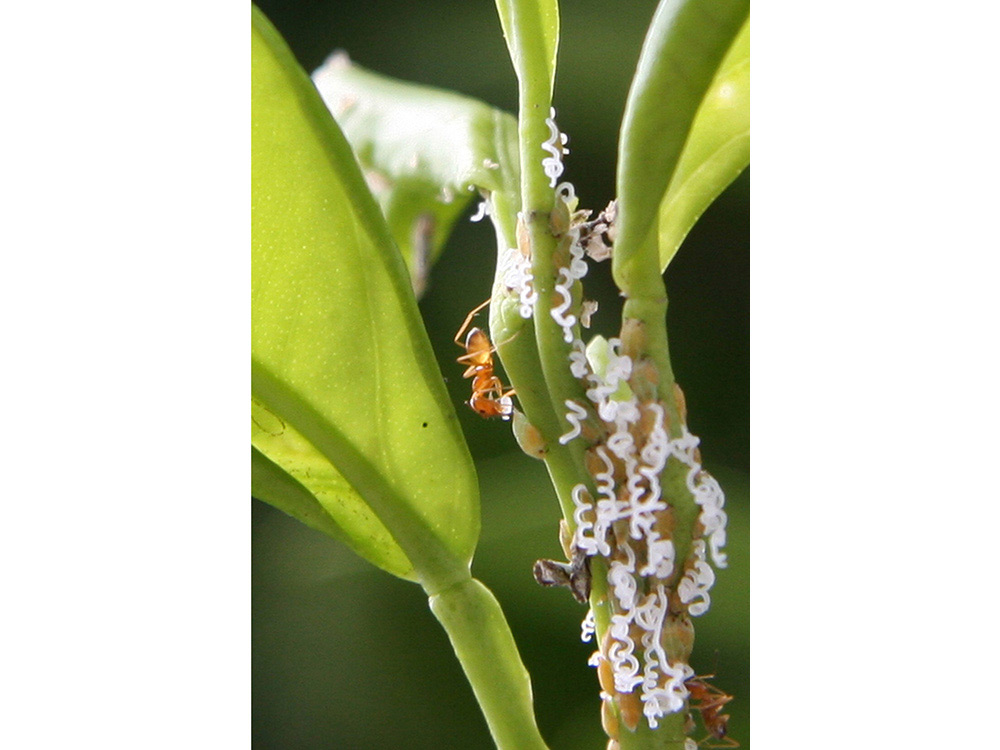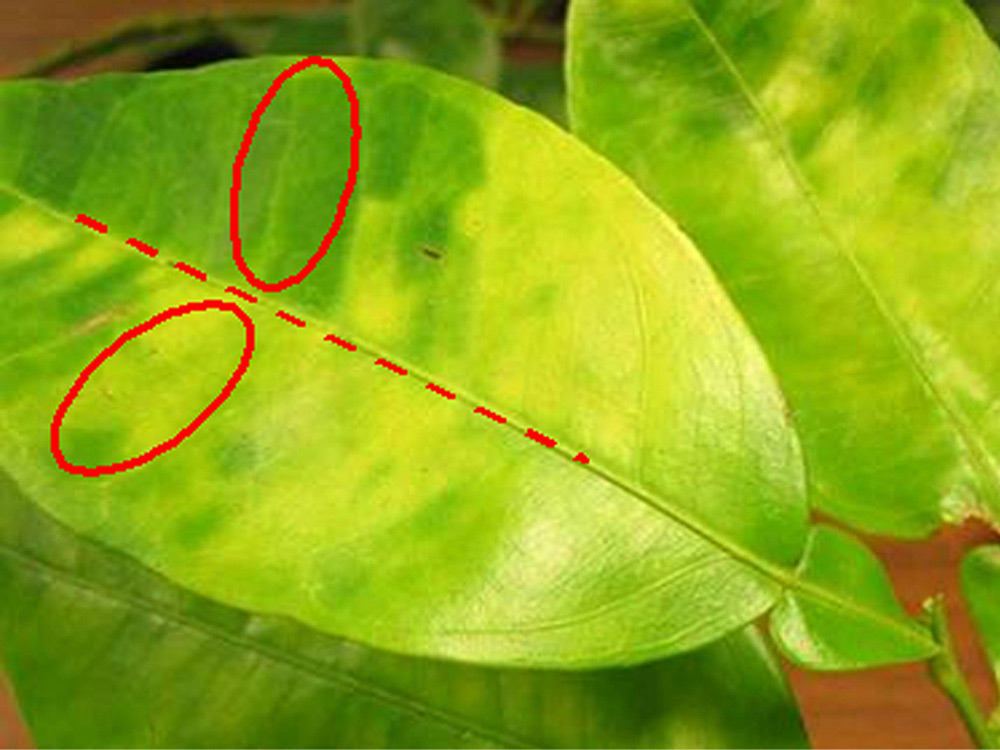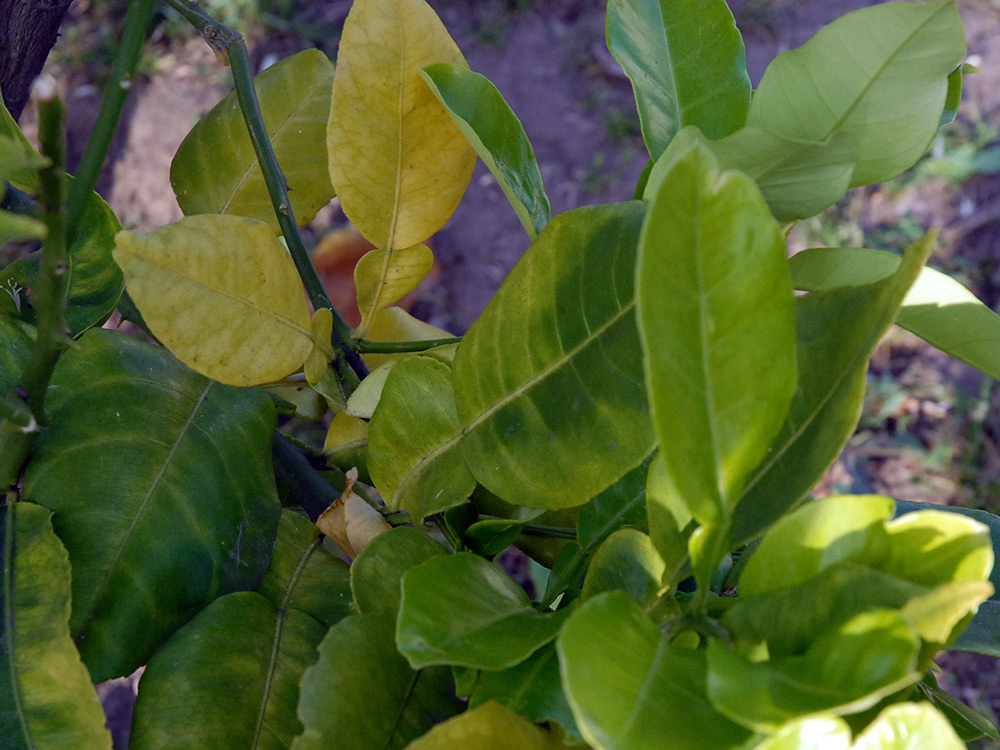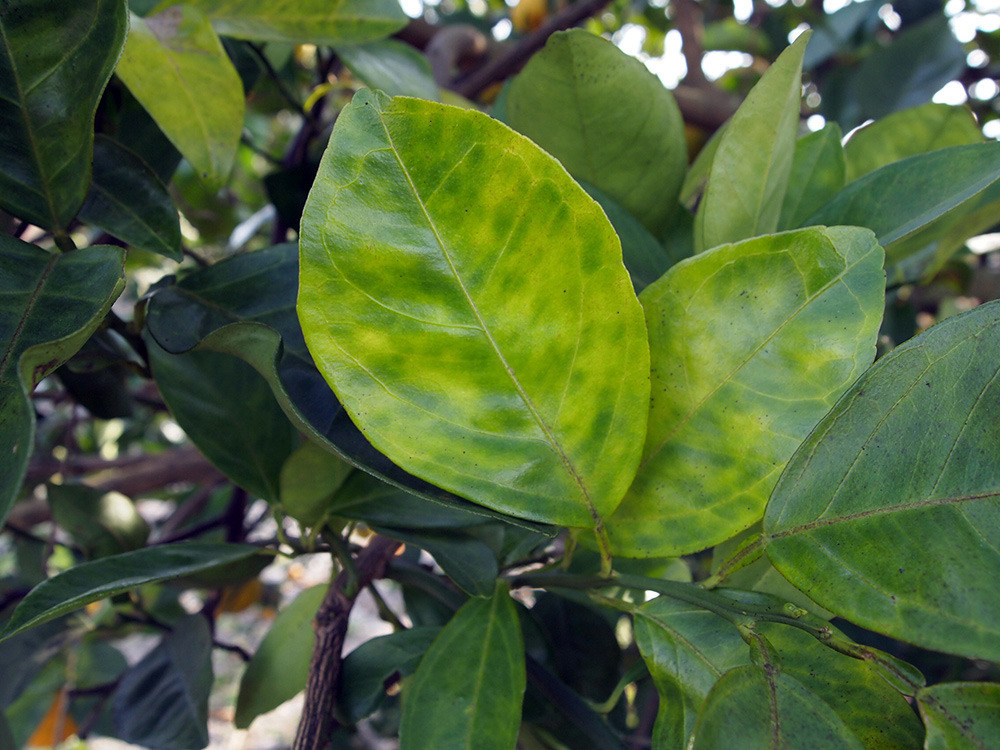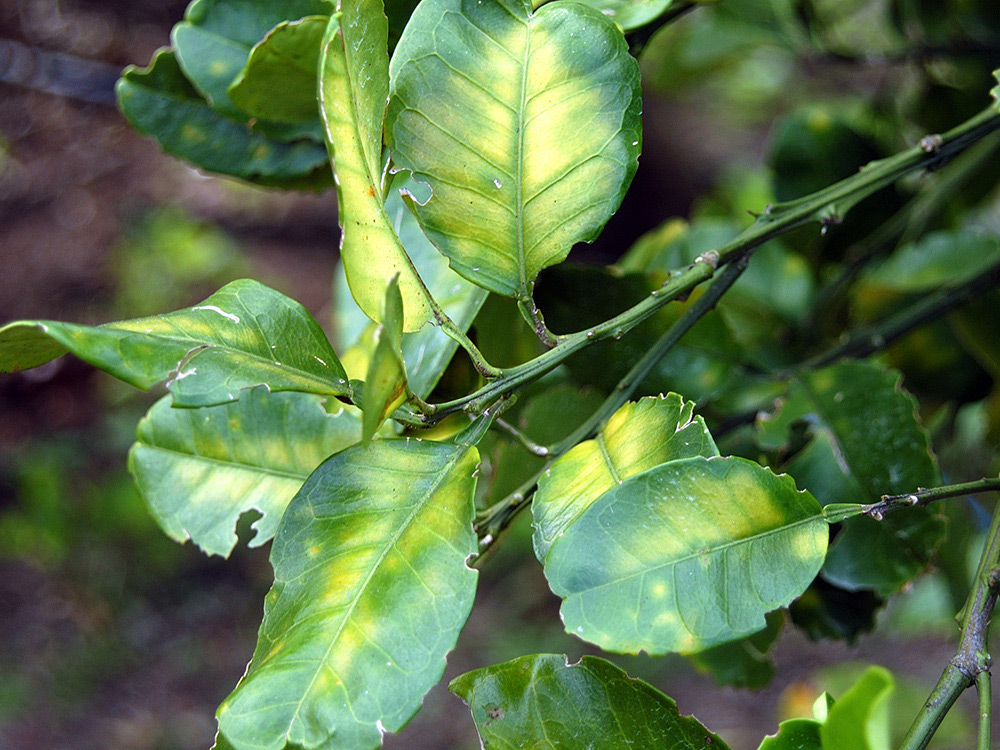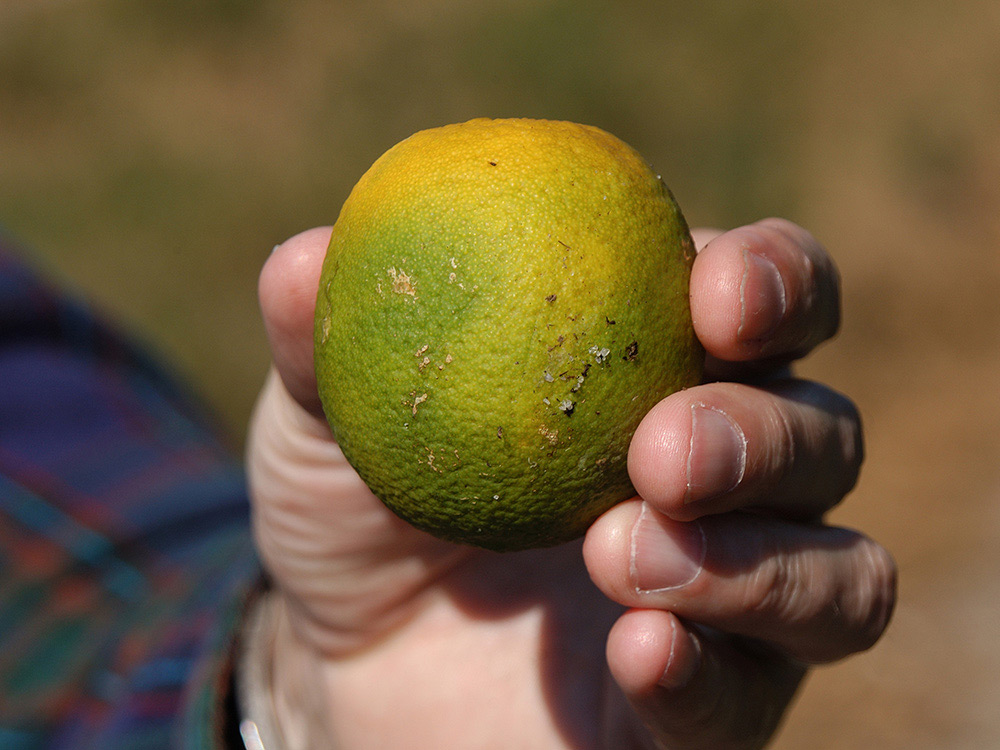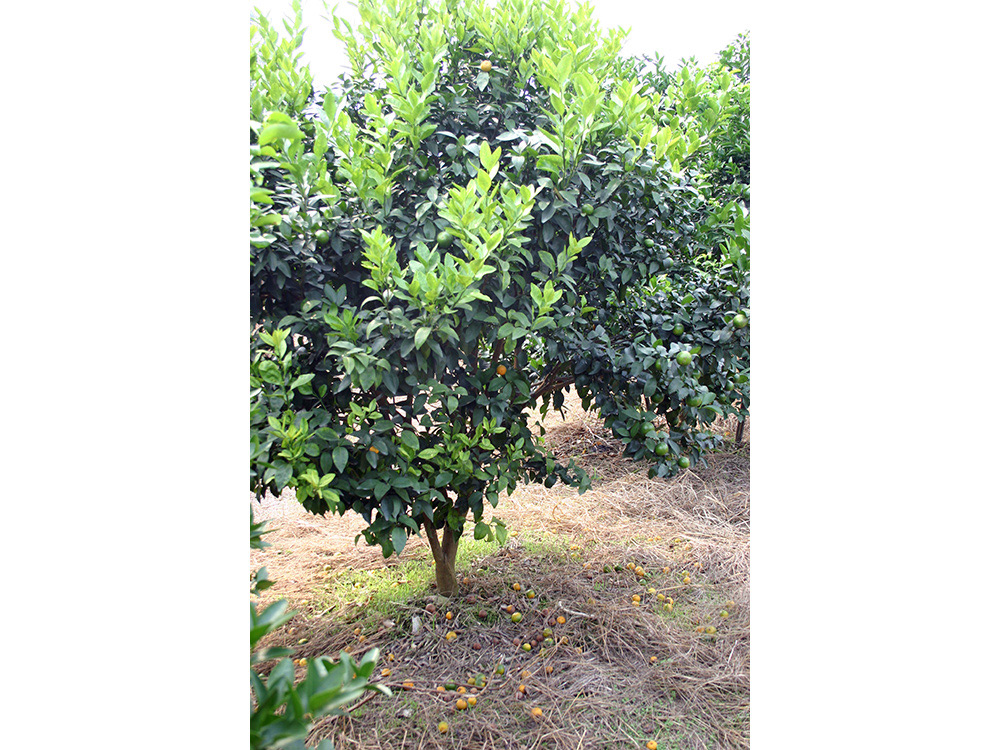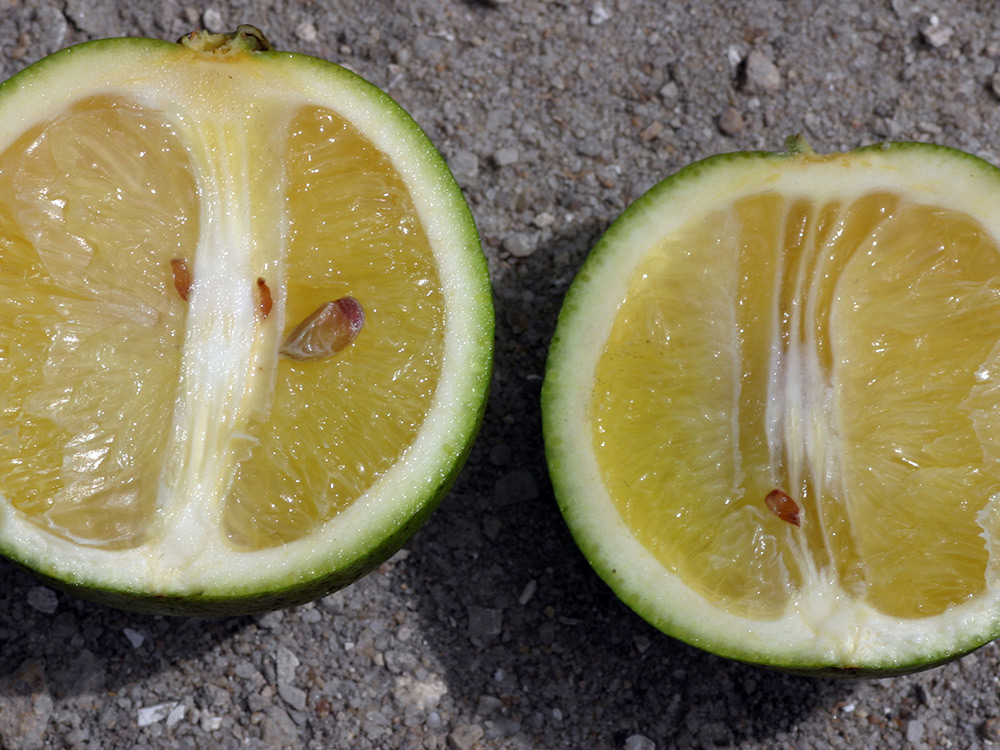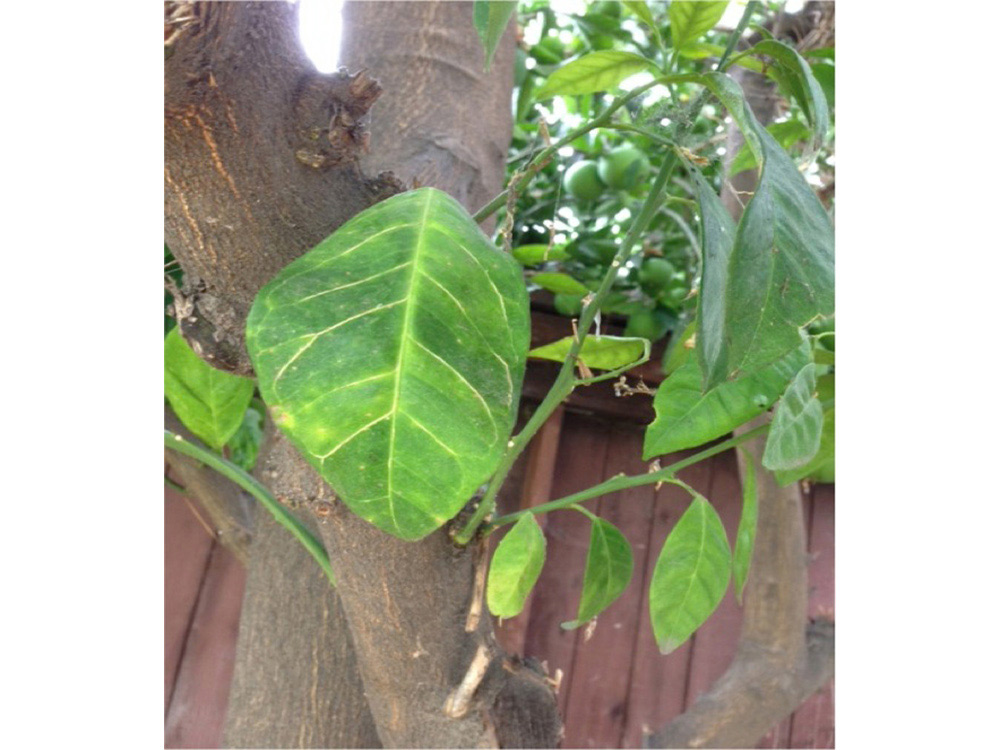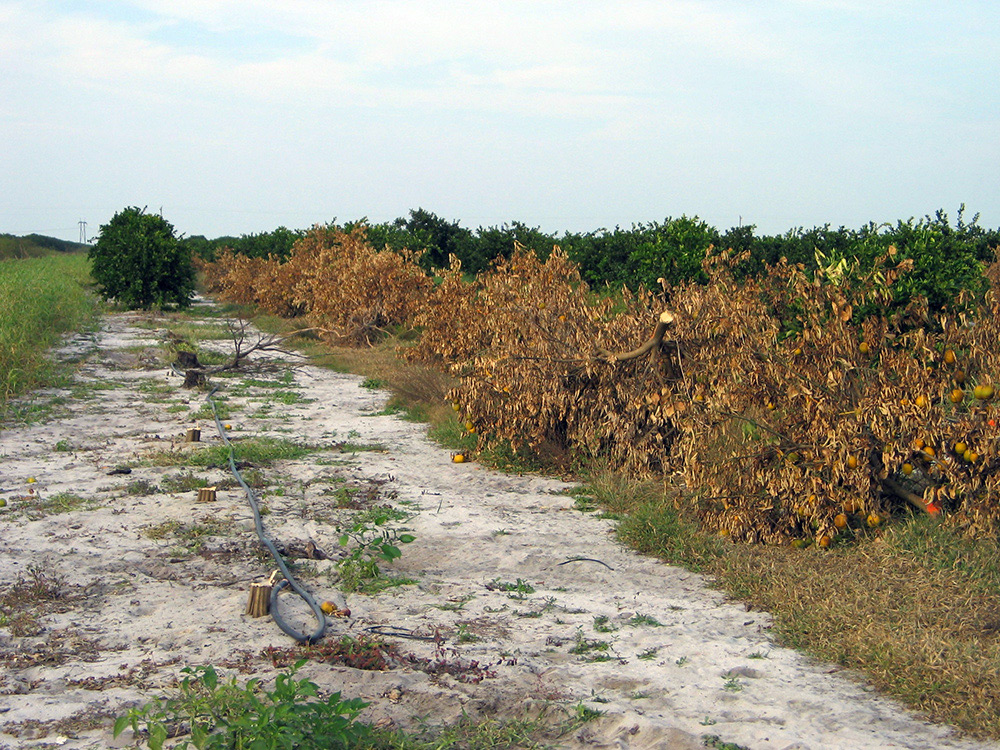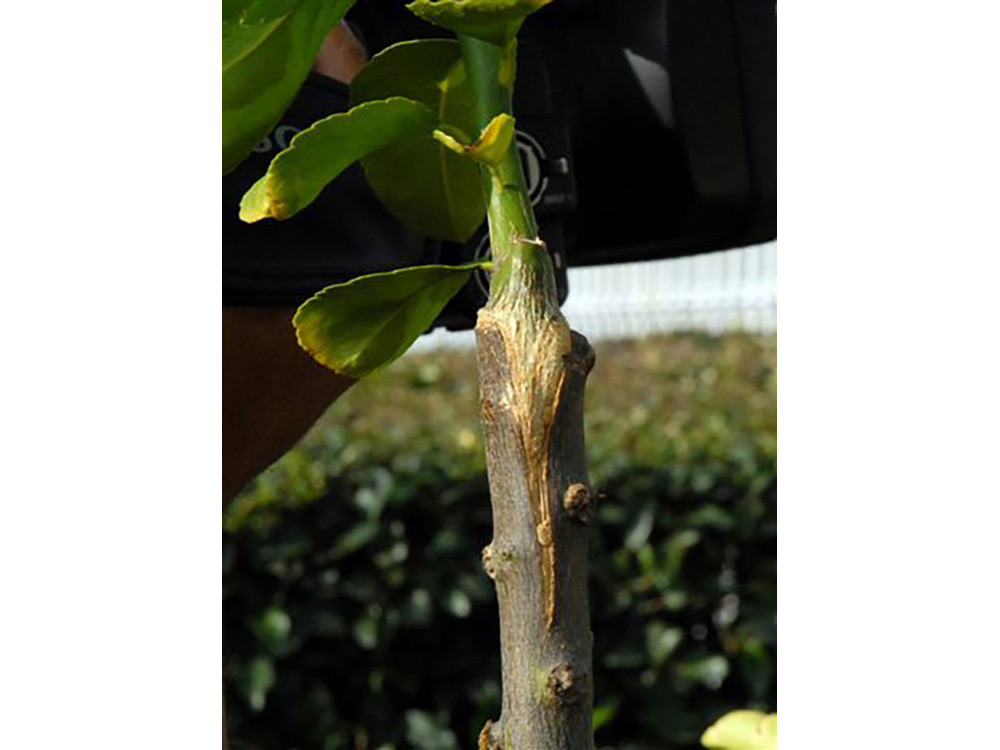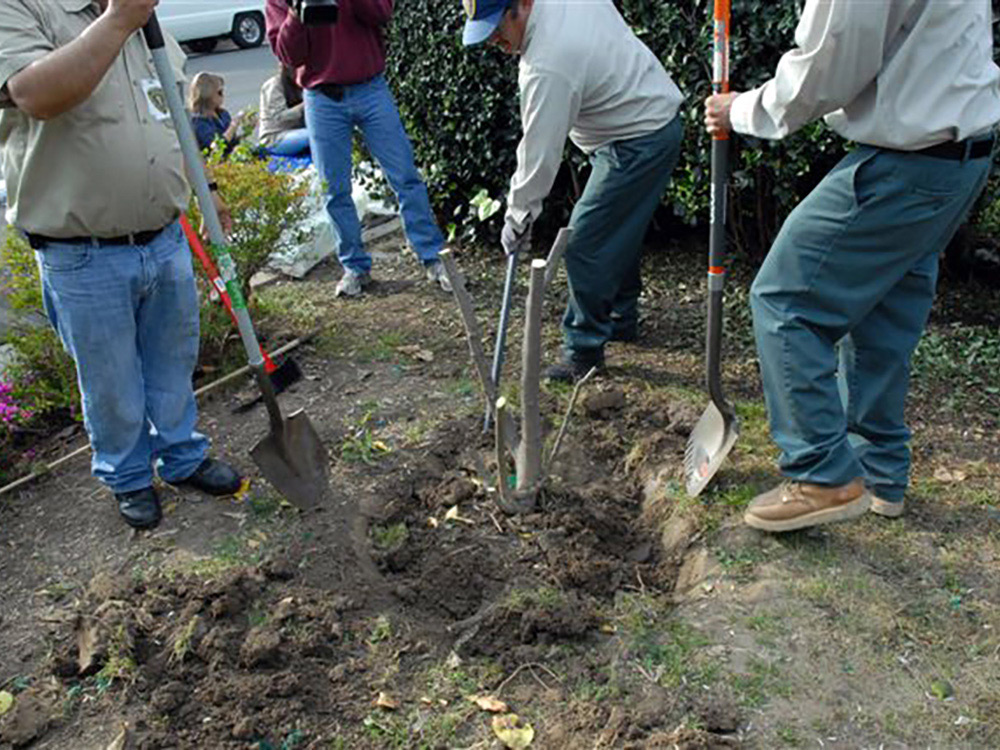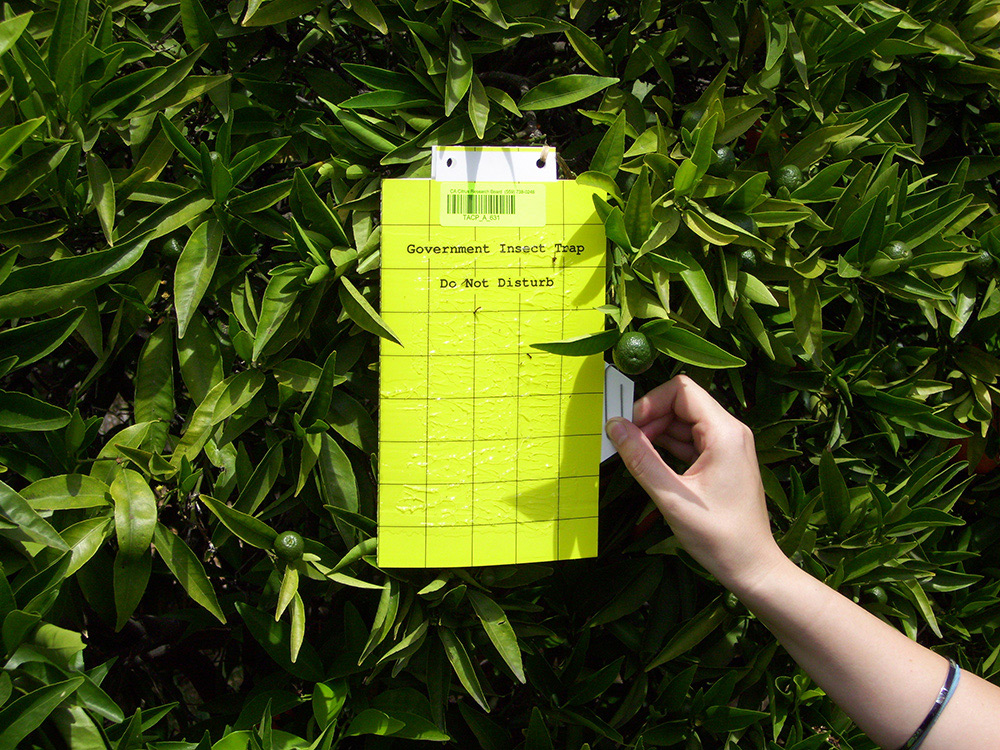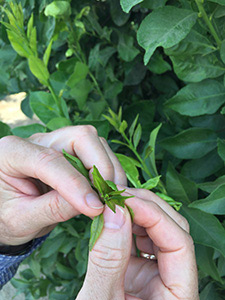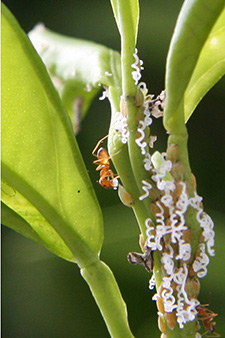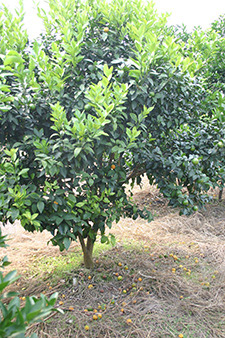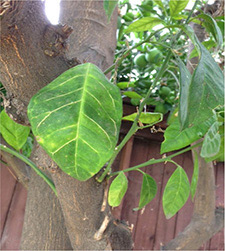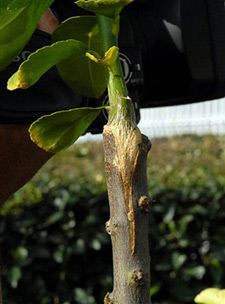Asian Citrus Psyllid & Huanglongbing
The Pest
The Asian citrus psyllid is an aphid-sized pest that arrived in California in 2008 and has since infested parts of Southern California. The pest itself can be managed with an integrated pest management approach of insecticides and natural enemies; however, the real danger lies in the psyllid’s ability to transmit a bacterium that causes Huanglongbing, a deadly and incurable plant disease. For this reason, identification and control of the psyllid is essential.
The Disease
Huanglongbing (HLB) – also known as citrus greening disease – is a death sentence for California citrus. It is caused by a bacterium that can be transmitted by the Asian citrus psyllid or by grafting infected plant material. HLB symptoms in citrus trees include asymmetrical, blotchy yellowing of leaves, small asymmetrical fruit with bitter juice that easily falls off of the tree and eventually leads to tree death. HLB has been detected in Southern California in parts of Orange, Los Angeles, Riverside and San Bernardino Counties. Citrus trees throughout the state are in danger. While researchers are working diligently on a solution, it is essential to control the psyllid so it doesn’t spread the disease.
For more information on psyllids, the disease, best practices and treatment options, visit the Psyllid & Disease section.

